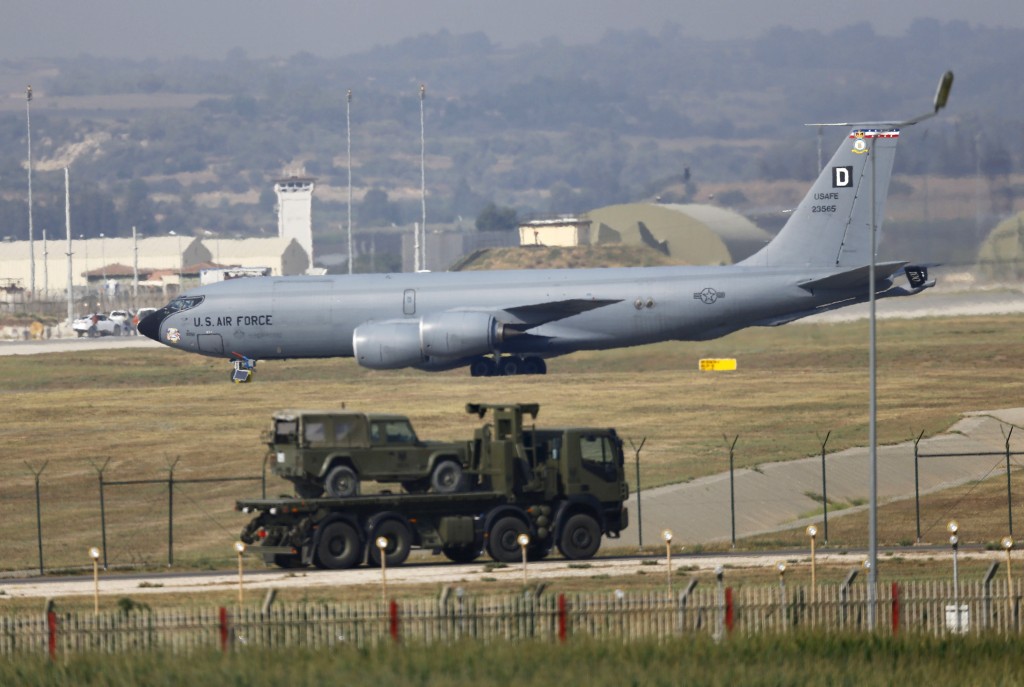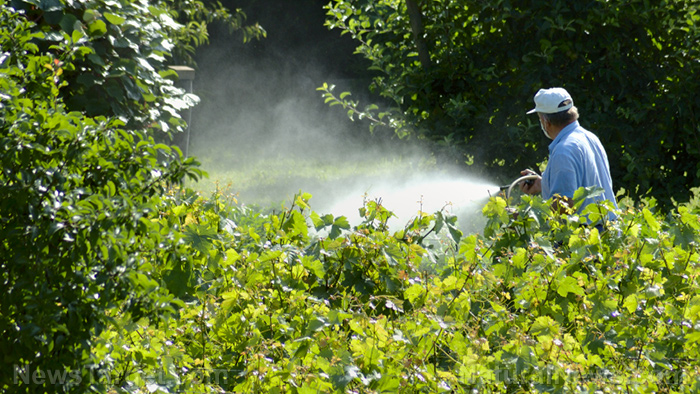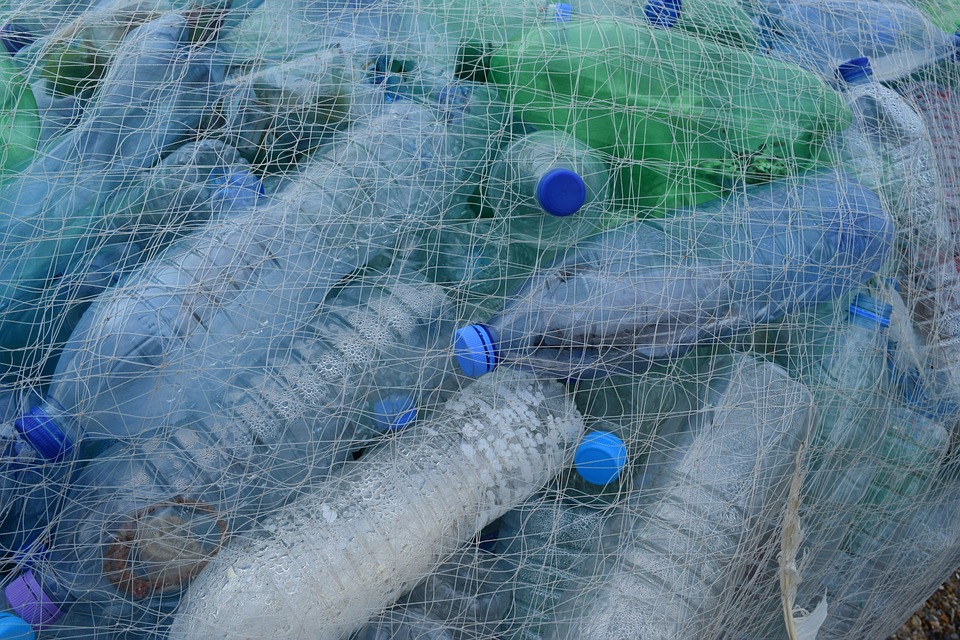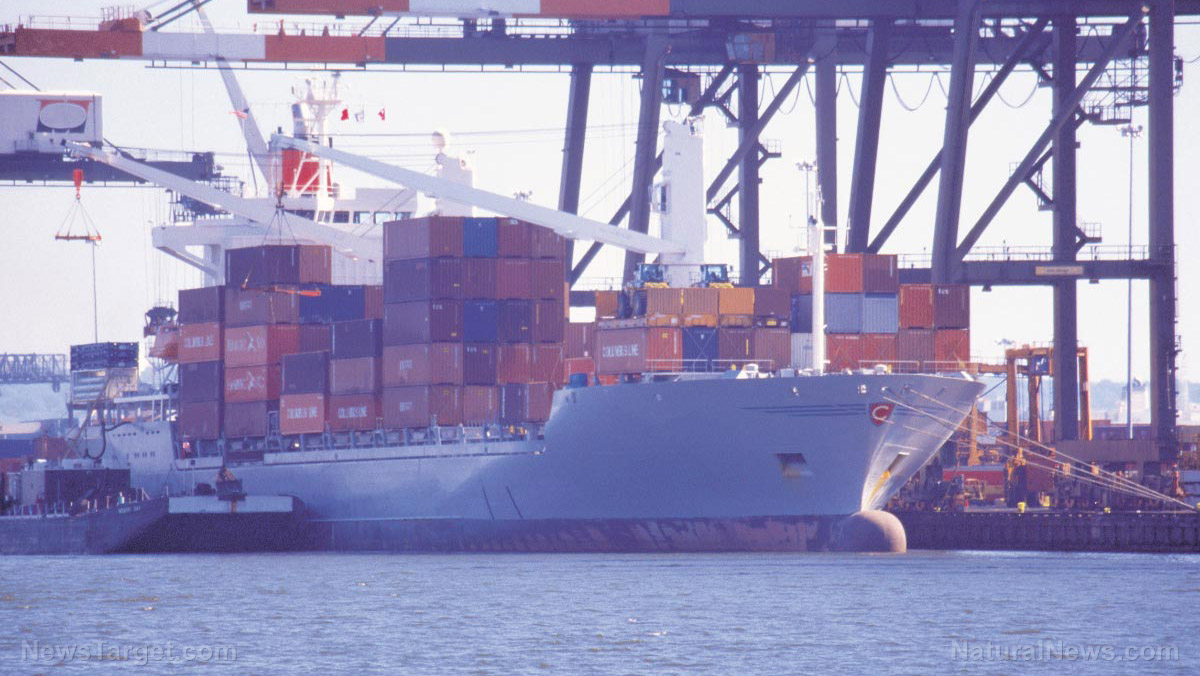Toxic chemicals leak from US base in Okinawa, threatening the health of residents
07/08/2021 / By Ramon Tomey

More than 2,400 liters of “firefighting water” containing per- and polyfluoroalkyl substances (PFAS) were released from a U.S. military facility in the southern Japanese island of Okinawa. Heavy rain brought the chemicals into bodies of water at Uruma city and other nearby locations. The June 10 incident also added to the chemicals that have accumulated in the city’s Tengan River, which already had high PFAS concentrations.
According to the Okinawan newspaper Ryukyu Shimpo, the accidental release happened at the U.S. Army‘s Kin Wan Petroleum, Oil and Lubricant Storage Facility. The concentration of PFAS in the water released is unknown, with the water believed to have emptied into the Tengan River and the sea. The Army has kept mum about the incident; however, U.S. military forces releasing toxic chemicals in Okinawa are a common occurrence.
The Ryukyu Shimpo report added that the Okinawa Defense Bureau (ODB) reported the incident to affected stakeholders on the evening of June 11. These included the governments of Okinawa prefecture, Uruma city, Kanatake town and fishermen’s cooperatives. The ODB also asked the U.S. side to ensure safety and management, prevent recurrence and report the incident at the soonest.
Ryukyu Shimpo inquired about the details of the June 10 incident to the U.S. military, but did not receive a response. Meanwhile, the Japanese Ministry of Foreign Affairs conveyed its regrets about the incident to the U.S. side on June 11.
This was not the first time toxic chemicals used to fight fire spilled out on Okinawa. Back in April of last year, a fire suppression system in a hangar at Marine Corps Air Station Futenma discharged a massive volume of firefighting foam. The foamy yet toxic suds poured into a local river and settled in residential areas.

According to a report by Japanese newspaper Asahi Shimbun, a barbecue held to boost morale among U.S. military personnel quarantining themselves led to the incident. The smoke from the barbecue set off a heat detector in the hangar, which led to firefighting foam being discharged. Upon learning that the barbecue was behind the discharge of toxic foam, Okinawa Gov. Denny Tamaki said: “I truly have no words.”
Under normal circumstances, the firefighting foam would have been collected in an underground tank. However, improper maintenance caused the foam to leak and spread outside the base. Former Futenma air base commander Col. David Steele said that time: “If it rains, [the foam] will subside.”
PFAS from U.S. military bases pose a threat to Okinawans
According to the U.S. Environmental Protection Agency (EPA), fire-fighting products contain PFAS that linger in the environment for a long time. It added that fire-fighting foams are “a major source of groundwater contamination at airports and military bases where firefighting training occurs.”
Early this year, the Okinawan government announced that it had tested groundwater near the Futenma base. It added that the groundwater sample contained a high concentration of PFAS at 2,000 parts per trillion (ppt). In a separate instance, Ryukyu Shimpo sampled water from the Uchidomari River located near the base. Upon testing, the sample reflected a PFAS concentration of 247.2 ppt.
True enough, U.S. military fuel depots worldwide such as Kin Wan have used vast quantities of PFAS since the early 1970s. Meanwhile, commercial fuel depots have largely stopped using synthetic PFAS in favor of fluorine-free counterparts that are equally capable yet environmentally friendly.
The EPA said that PFAS build up in the bodies of organisms such as fishes and humans over time. “There is evidence that exposure to PFAS can lead to adverse health outcomes in humans,” it added. This posed a serious problem, given that Okinawans eat a lot of fish that are contaminated by exorbitant PFAS levels from American bases. Eating seafood is one of many ways humans inadvertently consume these chemicals.
Environmental activist Toshio Takahashi concurred with the EPA’s take on PFAS. He explained that PFAS contamination causes cancer, affects fetal development and triggers diseases in small children. Takahashi also lamented the U.S. military’s stonewalling of investigations on the April 2020 incident at Futenma. He claimed that Japanese authorities were unable to scrutinize the discharge and subsequent leak of fire-fighting foam at the military installation.
Takahashi said: “The U.S.-Japan Status of Forces Agreement … prevents the [Japanese] government from investigating the site of the PFAS contamination and the circumstances of the accident.” In a similar vein, the Okinawa prefectural government was unable to investigate the June 2021 leak in Uruma.
“Investigating the cause and cleaning up the contamination is essential in order to protect the lives of [Okinawa] residents and fulfill our responsibility to future generations,” the activist concluded.
Visit Chemicals.news to read more articles about PFAS contamination from U.S. military installations in Okinawa.
Sources include:
Tagged Under:





















